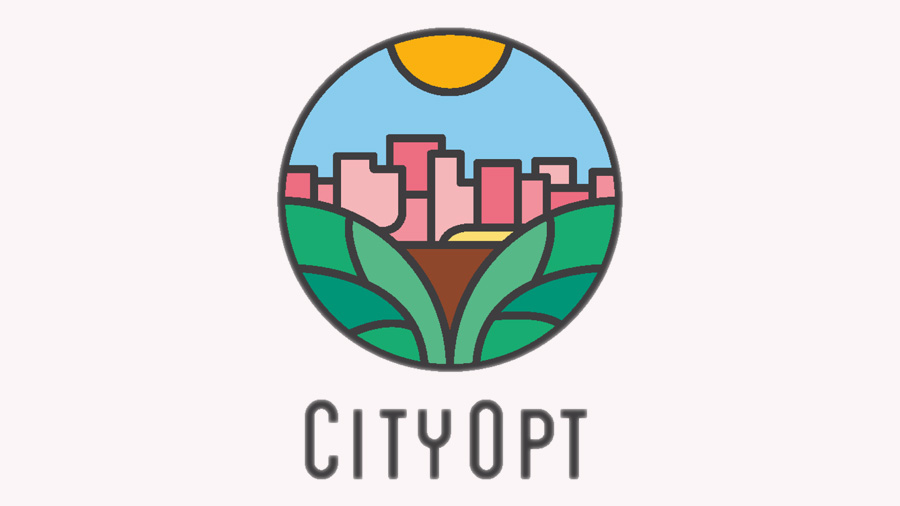
In the winter of 2016, 140 volunteer households in Nice achieved savings of 28% on their power consumption between 6 pm and 8 pm. This is one of the outcomes of the CITYOPT project which tested a “social energy network” to improve control over the demand for electricity during peak hours. CITYOPT - run by the metropolitan area of Nice Côte d'Azur, the energy supplier EDF, the Expérientia design agency and the CSTB - uses new digital technologies to help change the way electricity is used, on a city-wide scale. Here are some of the lessons learned during the project, presented at the 2016 Innovative City trade fair in Nice.
Challenges, organization and outcomes of the CITYOPT project in a video presentation.
The CITYOPT project, involving 140 households in Nice between November 2015 and April 2016, achieved average savings of 300 watt-hours per participant during the time slot from 6 pm to 8 pm. If all the households in the Provence-Alpes-Côte d'Azur (PACA) region participated in the initiative, it would represent approximately 360 MW-h of savings, i.e. the annual power consumption of two schools.
How? Each participating household was provided with a tablet featuring the CITYOPT mobile application, developed by the CSTB with the Expérientia agency. This enabled participants to receive alerts on the day before any peaks in electricity consumption (25 alerts in all). Each household was then encouraged to reduce its power consumption between 6 pm and 8 pm, through simple measures, for example by lowering the temperature setting of the electric heating system or limiting or postponing the use of the most powerful electric appliances. The application also enabled each household to see the impact of its eco-gestures, and to compare this with the behavior of the community, on the scale of the neighborhood.
The CITYOPT project proves that protecting the environment and saving energy can be achieved with simple individual measures. The participants agree: “I appreciated the collective momentum of the community; we were not acting alone, and that makes a difference.” They found it stimulating to be able to compare the outcomes of their actions with those of other participants. (Source: press release).
The project was also driven by the commitment of people to protect the environment. The participants wanted to “better understand their consumption and learn to control it.” More than 70% of the participants interviewed found that changing their use of electricity during peak hours, between 6 pm and 8 pm, was not inconvenient.
The desire to financially back projects in the general interest also encouraged people to support CITYOPT. It may be recalled that sustainable energy savings were at the core of the project: each kW-h saved awarded points to the users, which they could transform into subsidies for a local associative project of their choice.
Who benefited from this experiment? The PIMMS association, which develops local, solidarity-focused centers, where social service mediators help people gain better access to public services.
Find out more:

 Energy & Environment
Energy & Environment  Digital Technologies
Digital Technologies